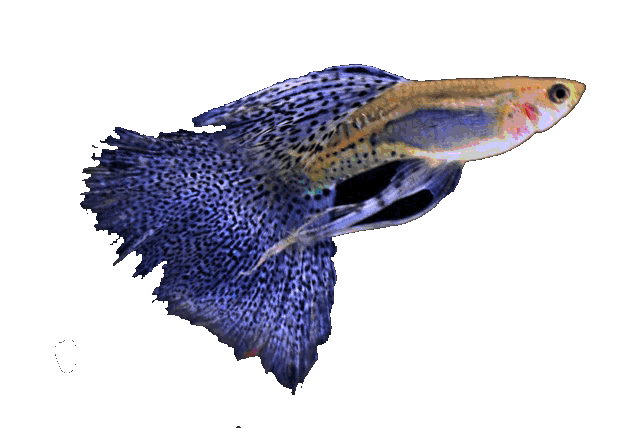
Alfaro acutiventralis / Meek, 1912
Petalosoma amazonum / Regan, 1911
Basic data:
Scientific name: Alfaro cultratus (Regan, 1908)
Explanation of words: Alfaro (Taken from zoologist Anastasio Alfaro of the Natural History Museum of Costa Rica)
Slovenian name:
Group: Livebirds
Source: Central America : Costa Rica, Panama and Nicaragua.
Size: Males: 7.5 cm, females: 8 cm
Biotope / Habitat : It is found in rivers, streams, ditches and backwaters in slow and moderate flow areas.
Social behavior: Being aggressive, especially towards peers. It is best to have it in a special aquarium or with robust fish of similar size.
Diet: Omnivore (worms, insects, insect larvae, crustaceans, flakes, algae, dry food, ...)
Cultivation: Easy
Aquarium: Minimum 100 liters
Population: flocks per 100 liters of water
Decoration: Plants, stones, roots
Temperature: 23-28 ° C
pH: 6-8
Hardness: from 5 ° dGh to 15 ° dGh
Life span:
Synonyms


Kingdom: Animalia / animals
Trunk: Chordata / string players
Class: Actinopterygii / arthropods
Order: Cyprinodontiformes / Toothpicks
Family: Poeciliidae / live-bearing toothed carp
Genus: Alfaro
Species: Alfaro cultratus (Regan, 1908)
Alfaro cultratus

Cultivation
This orange / yellow fish with blue gloss feels best in a planted aquarium with a temperature of around 25 ° C, hardness and acidity are not essential, but it prefers softer than hard water. (10 dGH)
Make guest areas vegetation, along with some open swimming areas. Add something wrapped roots and smooth scale The addition of floating vegetation is welcome. It is a community fish and goes nicely along with other fish, although it is very rarely seen in aquariums.
Food
It is omnivorous, in captivity it is fed with a varied mixture of dried, frozen and live food, in nature it feeds mainly on insects of both terrestrial and aquatic organisms.
Reproduction
Fish reproduce easily and often without much effort. Juveniles need to be separated from adult fish otherwise they become a snack only to them. We feed the young with flakes and microvessels.
The female carries the young for about 24 days and gives birth to somewhere between 10 and 30 young, exceptionally even more.
Capital females also up to 100 pups. At birth, the pups are about 6mm in size. The young will grow quickly with good nutrition and quality water, let's not forget about ventilation.

An example of the habitat of a species




